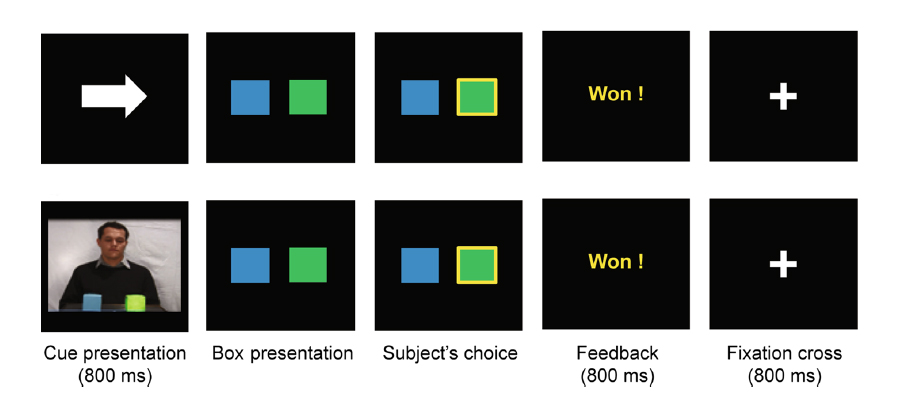
THIS ARTICLE IS MORE THAN FIVE YEARS OLD
This article is more than five years old. Autism research — and science in general — is constantly evolving, so older articles may contain information or theories that have been reevaluated since their original publication date.
Many people with autism are overwhelmed by sensory stimuli such as loud noises or bright lights. This is one key component of the ‘intense world theory,’ which suggests that people with the disorder are wired to zoom in on details rather than the big picture.
Another hypothesis accounts for the fact that people with autism often adhere to strict rituals or routines. This theory posits that autism is a ‘disorder of prediction,’ in which individuals struggle to foresee the future — a trait that would turn the world into a frighteningly random place.
A new study, published 30 November in the Journal of Autism and Developmental Disorders, blends both theories. It suggests that people with autism become overwhelmed by rapidly changing circumstances, particularly if they need to use social cues to navigate those changes.
In the study, researchers showed 14 adults with autism and 15 controls a blue box and a green one on a computer screen and asked them to pick one. Only one of the boxes led to a ‘win,’ for which the program congratulated the participant.
For the first 60 tries, the winning box was the same color 75 percent of the time. But for the following 60 tries, the ratio shifted periodically: the box of that color was first wrong 80 percent of the time, then correct 80 percent of the time and then wrong again.
The computer then gave the participants hints about the winning box. It either showed an arrow pointing to the correct box or a man looking at the box, switching halfway through the experiment. As with the previous setup, these hints also switched every 60 tries, from being mostly right to mostly wrong and then to the periodic shifts.
From this complicated series of experiments, two simple trends emerged: People with autism struggle when the hints are social in nature and they have a particularly difficult time when the hints are unpredictable. Those who have more autism symptoms, as measured by a short questionnaire called the Autism Spectrum Quotient, have the most difficulty with unpredictability.
The findings make intuitive sense because people with the disorder are known to have social impairments and to struggle with change. But the study’s daunting design, and the fact that it included only 29 people, make the so-called ‘changing world’ model of autism hard to adopt as dogma.
Still, the study provides some experimental support for the prediction theory of autism, which suggests that many behavioral aspects of autism can be explained by a struggle to predict what comes next in routine activities. Without further evidence, though, I predict this, like other ‘unifying’ theories of autism, will stay just a theory.
By joining the discussion, you agree to our privacy policy.